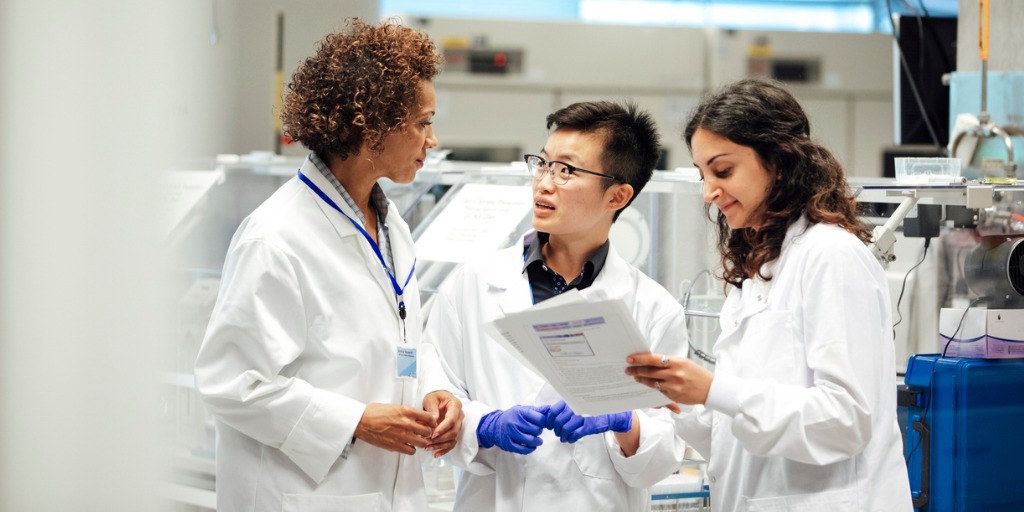How long do clinical trial phases take?

Before any new medication, treatment, or therapy can be administered to patients, it must progress through the proper clinical trial phases, which are designed to test the drug or device in question for safety and effectiveness. This process can take a long time — in most cases, an average of 10 years will pass between initial discovery to full approval, with the clinical trial stages taking six to seven years of that time.
Even before reaching the clinical trial stage, there are other types of medical research that go into discovering new therapies. All research begins in the discovery phase, which is the three to six years that involves investigating new ideas, followed by animal trials. After these two phases are done, a potential treatment is able to enter the first phase of clinical trials with human participants.
How long do clinical trial phases take?
Different phases of clinical trials fulfill different purposes, but all are designed to test potential treatments in groups of individuals until they are deemed both safe and effective. The typical clinical trials timeline is as follows:
Phase 1: Phase 1 of a clinical trial will typically be open to 20 and 100 participants, and will last for several months. This phase is not intended to evaluate whether the treatment in question is effective — instead, the purpose of this phase is to measure safety by checking for adverse side effects. Phase 1 trials typically look for healthy volunteers, but may seek people with the condition being studied depending on the type of research in question.
Phase 2: Once a drug has been deemed safe from the Phase 1 results, it is able to progress to Phase 2. Around 70% of drugs progress to the second phase, which is designed to measure safety in a larger group of volunteers (typically several hundred), while also measuring the effectiveness of the treatment on the participants.
Phase 3: About 33% of drugs will make it past the second phase and go on to Phase 3. The third phase of a clinical trial recruits the largest number of participants, with enrollment goals typically in the thousands. Phase 3 is intended to measure both safety and efficacy for a longer duration, usually lasting between one and four years.
FDA Approval: After a treatment has passed Phase 3, the sponsor of the study will submit a New Drug Application (NDA) or a biologics license application (BLA) to the Food and Drug Administration (FDA). The FDA will review all the information the researchers gathered during each stage of the trial to determine if the drug will be approved.
Phase 4: The fourth phase, also called “Post-Approval Research and Monitoring,” occurs after FDA approval takes place. The company that researched the drug will often continue to monitor patients to receive more insight into the long-term effects and the long-term efficacy of the treatment compared to other options that are on the market.
How much time does a clinical trial take for participants?
For those that are considering taking part in a clinical trial, the study team is a great resource for any scheduling details. Many trials are several years long, but may only require a few visits over this timeframe. Often, participants will be asked to keep an online or paper journal between their visits to provide accurate data to the study team during check-ins.
For those that do participate in a clinical trial, it is possible to withdraw at any time, for any reason. Some trials may also conclude early if researchers are not getting meaningful results.
While the clinical trial process is a long one, this is what ensures new and better treatments are able to help patients in the future. If you’re interested in participating in this meaningful process, use the tool below to find a clinical trial near you.
Topics: For Patients
